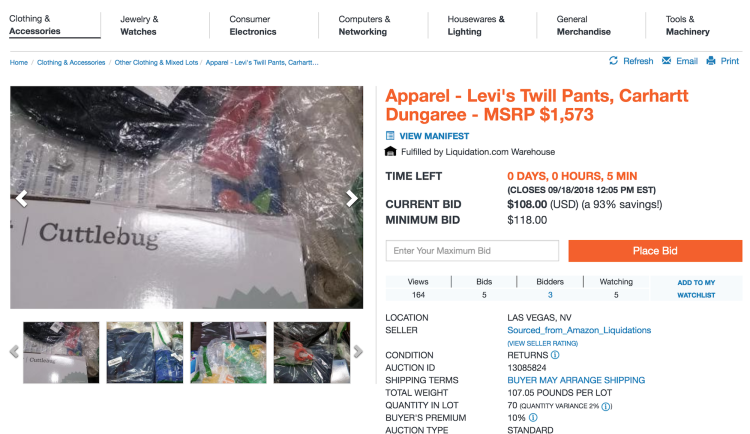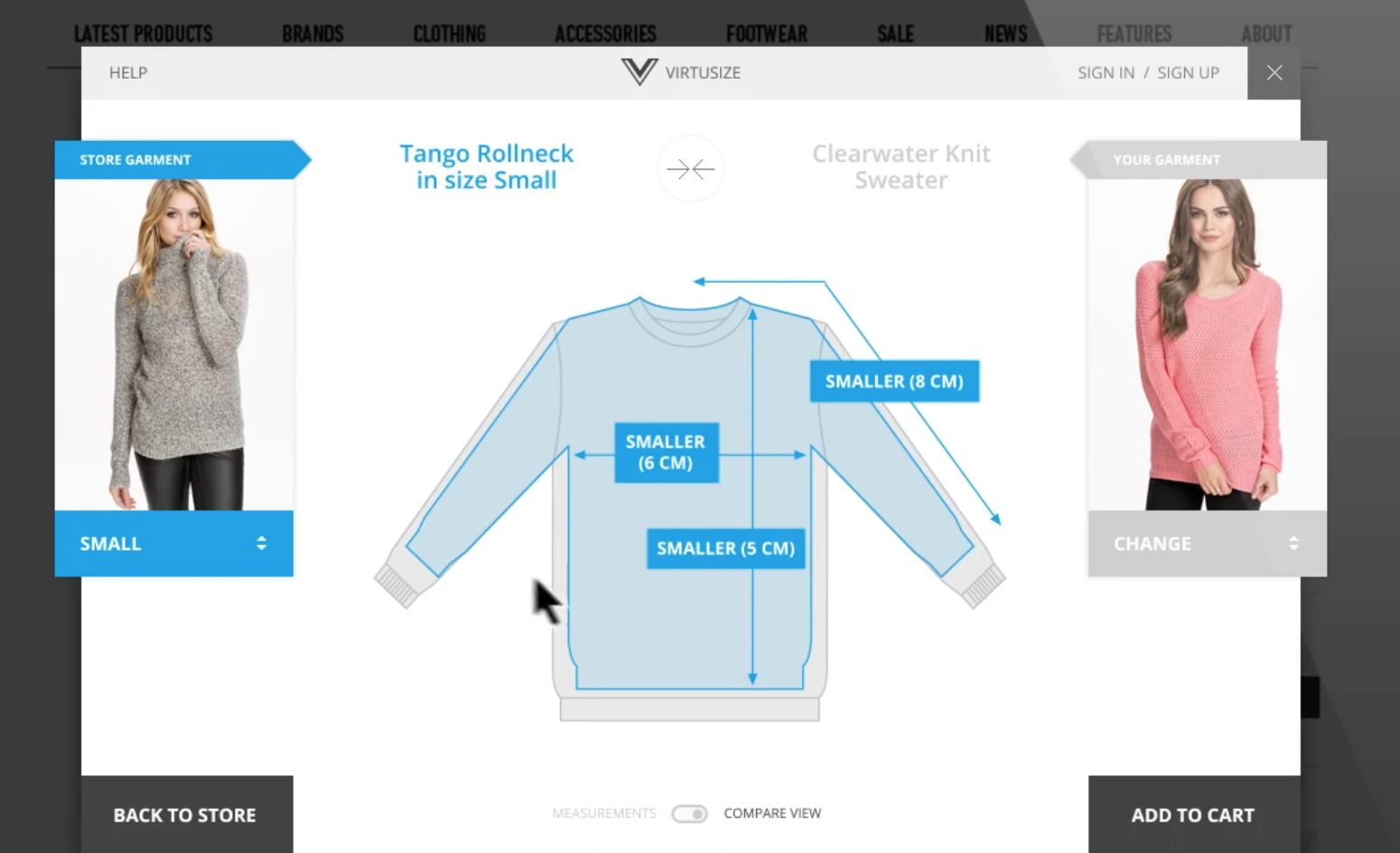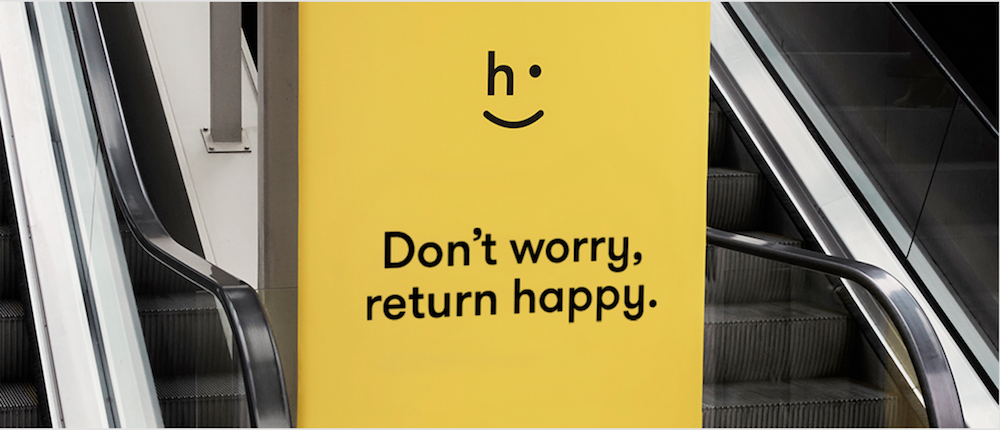5 ways retailers are lowering return rates and why it matters
Most consumers think that when something is returned, it’s cleaned, repackaged and resold. But as retailers know, this is far from the truth. The secret world of returns is hidden in the warehouses of liquidation centers all over the country, where retailers take a huge financial hit just to make back a tiny portion of the money they lose on a return.

Credit: Liquidation.com
For this reason, returns have been called the ticking time bomb of the retail world. It’s a huge problem that every retailer deals with and is quickly spiraling out of control. Americans returned $351 billion of merchandise in 2017. In the fashion world, return rates are even more staggering, topping out at 40 percent of all purchases being returned. That number surges to 50 percent during the holidays. With the explosion of e-commerce, retailers are starting to feel the heat and adjust their return policies. In February, LL Bean jumped on the train and announced they were dropping their unlimited returns policy.
Free shipping and returns can backfire
Returns have been baked into the e-commerce experience. Many companies offer free shipping and free returns, incentivizing people to buy immediately without any downside. But it also allows shoppers to buy without taking the time to consider their purchase. The frequent sales and discounts also contribute to higher return rates by attracting less loyal and more impulse-buying customers.
There are shoppers who will always buy with the intent to return. Some buy an outfit for a special occasion intending to wear it once and then return it. And another 48 percent of returners try to replicate the fitting room experience by ordering multiple sizes and colors only to return most of them. But 67 percent of returns are due to unfulfilled expectations, like the wrong size or color, or damaged items.
Returns are costly
According to Inbound Logistics, the average retailer spends 8.1 percent of total sales on reverse logistics, including returns. When a return is initiated, retailers pay a considerable cost for that refund. Along with refunding the customers money, there are shipping costs, transactions fees with the credit card companies, product dispositions including inspecting the returned product, selling the product at a reduced price, and most importantly the time to track all these steps.
Ways to decrease your return rates
First, there are the classics that every retailer should know:
High-quality images to most accurately display the color and material.
Detailed product descriptions including measurements.
Product reviews from customers who have bought the item.
An accurate sizing chart for apparel.
But as technology improves, many companies are coming up with innovative ways to address the returns process. Below are a few companies and tools that are changing the retail returns world.
1. Asos and Virtusize reduced fit-related returns by 50%
This tool allows customers to compare specific measurements of an online item with a piece of clothing they already own. The display overlays a 2D silhouette of both garments so customers can accurately compare sizes.

Credit: Virtusize
2. Zappos and Footlocker, vFit
This app allows customers to find more accurate information about shoe size by comparing the shape of your feet to the inside of the shoe. A similar app, Shoefitr, was able to reduce fit-related returns by 23 percent while working with Running Warehouse before being acquired by Amazon a few years ago. Shoefitr worked by comparing the shoe in question to the brand, model, and size of a shoe the consumer already owns.

Credit: vFitshoes.com
3. Tamara Mellon and Affirm reduced returns by 13%
After partnering with Affirm, Tamara Mellon saw that those customers who completed checkout with Affirm returned their shoes 13 percent less often. The company says this aspect of working with Affirm in itself has been a game-changer, as handling returns is costly and burdensome. The theory is that consumers who choose the pay-over-time option have taken the time to consider their purchase and pick the shoe they like the best, decreasing the return rate.
4. Happy Returns, an omnichannel solution
This startup provides an omnichannel solution for online-only retailers. They operate return bars in major malls where shoppers can drop off items they wish to return, decreasing logistics costs for the retailer.

Credit: Happyreturns.com




